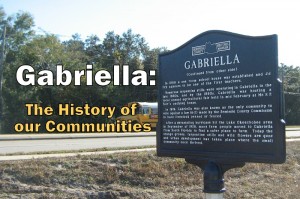
Gabriella was a small thriving community from 1880’s to 1930’s. Newspaper accounts from those years give insight into life in early Florida. Descriptions of a wedding, a ride on the “Dinky Line” and work in the Turpentine industry provide a glimpse of that era. Gabriella was located on Aloma Ave. just south of Oviedo, Florida, where the Seminole Historical Commission dedicated a marker in December 2009. Feature length – 13:55
Gabriella was a small community located between Oviedo and Winter Park, Florida. The 300 residents had farms, citrus grooves and raised livestock. The Florida Times Union newspaper covered the daily events of Gabriella in the late 19th century. The descriptions of the lives of the early frontier residents were surprisingly similar to present day residents: Weddings, picnics, droughts, agricultural fairs and disasters. You may read extensive material from that newspaper and other sources at the Seminole County Museum of History.
Today the names of families who farmed, hunted and lived in Gabriella are found in the local street names: Rouse Rd, Dodd Rd, Wrights Rd. and many others. Gabriella Lane is just off Tuscawilla Rd.
Original residents of Oviedo planning a trip to Orlando for shopping or to Winter Park for business would board the Oviedo and Winter Park Railroad and enjoy a smooth ride to the cities, avoiding the roads. The train they rode was nicknamed “The Dinky Line” and train engineer Walter Preston Watson, would occasionally stop at Gabriella to allow passengers to pick wildflowers and oranges from the groves.
Today that trip would be made by car along State Road 426 (Aloma Ave.). The Dinky Line is gone and so is Gabriella, but out your car window you can see the Progress Energy Corp. maintenance yard on what was the site of Gabriella’s post office and a convict labor camp. Gabriella’s orange groves and farms have been replaced by housing developments and the 417 toll road.
Up until 1919 hogs roamed free in Seminole County but a voter referendum put an end to the practice. The residents of Gabriella voted to leave the hogs unfenced but were outvoted. Today, most of the livestock has disappeared, giving way to strip malls, industrial parks and fast food restaurants from Oviedo to Goldenrod. The farms and grooves have been replaced by housing developments and the beautiful lakes, such as Bear Gully Lake offer luxury lakefront homes.
On Saturday December 5, 2009 the Seminole County Historical Commission dedicated the Gabriella Historical marker located at the corner of Bear Gully Rd and Aloma Avenue (State Road 426). At the ceremony Marie Burch of the Goldenrod Historical Society and long time resident of the area, spoke about Gabriella. The Chairman of the Seminole County Board of County Commissioners, Bob Dallari, and members of the Historical Commission led by Chairman Don Epps unveiled the marker. The event was sponsored by the Seminole County Museum of History with coordinator Kim Nelson. Many members of the public joined the ceremony is spite of a cold rain.
Few local people know more about life in Gabriella than Oviedo resident Jim Richardson. He is a collector of artifacts from the earliest Indians to the remnants of the turpentine industry. In the 1970’s he purchased the homestead of Gabriella’s Robert and Viola Croom. He moved in and added electricity and modern plumbing. Listen to his account of the house and naval store in his extended remarks.
The source of Gabriella’s name has been a matter conjecture. Jim Richardson had heard stories from long time residents and proposes one possible explanation. Gabriella was the daughter of the original Spanish owner and married Seminole warrior Osceola.
The pine forests of north and central Florida supported the lucrative turpentine industry after the Civil War until the 1920’s and 30’s. Gabriella was one of the sites for gathering and processing sap from the trees. Boxing was the process by which workers cut a crescent-shaped cavity into the tree base to collect resin flowing from the face of the tree into pots. Below is a picture of Jim Richardson with some of the tools and pots and their tin inserts used in collecting the pine sap.
The turpentine industry was a vital part of economy but an article in the Florida Historical Quarterly (Volume LXXII, Number 4 April 1994) describes a dark side. The state government had few prisons and tight budgets after the Civil War. By 1876 Florida had joined all the southern states in leasing convicts to private corporations for labor. This kept production costs low for the business owners and brought in much needed revenue to the state coffers.
Unfortunately for the convicts it brought miserable living conditions and harsh treatment. According to the Florida Historical Quarterly, most Florida convicts spent their days in the palmetto scrub and pine forests harvesting tar and pitch and producing turpentine spirits
For Florida turpentine operators the convict lease system was ideal. Labor costs were fixed and low, problems associated with labor turnover and unionization were nonexistent, but, most important, convicts could be driven at a pace free workers
would not tolerate.
In 1912 journalist Marc Goodnow visited the pine forests of Florida seeking information for an article he was writing on the turpentine industry. Goodnow’s findings, appeared in a 1915 expose entitled “Turpentine: Impressions of the Convicts’ Camps of Florida,” It shocked the nation. His article and others cataloged the terrible conditions in the camps like the one in Gabriella.
Criticism of convict leasing in Florida peaked after 1908 when graphic descriptions of brutality and suffering in the camps caused many newspaper editors and civic leaders to join the Florida Humane Society in its campaign against leasing. The state’s policy of leasing convict labor finally ended in 1919.
Area Map
View Larger Map
Extended Interview & Pictures
 |
Jim Richardson and Desta Horner
Extended interview (22:42)
|
|
 |
Marie Burch and Desta Horner
Extended interview (06:28)
|
|

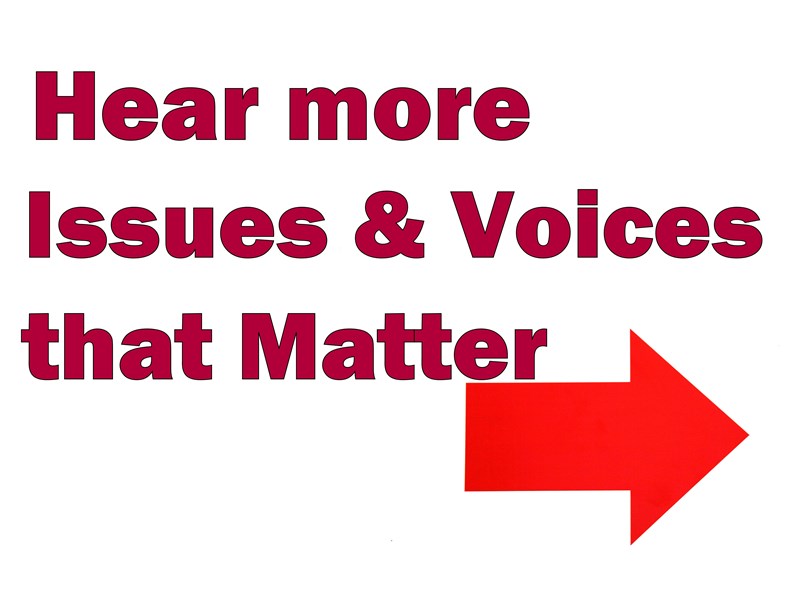
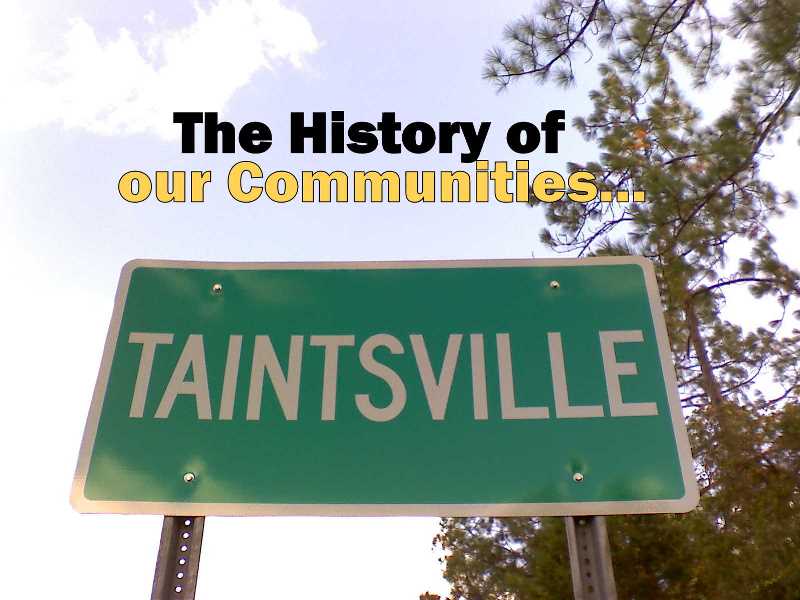
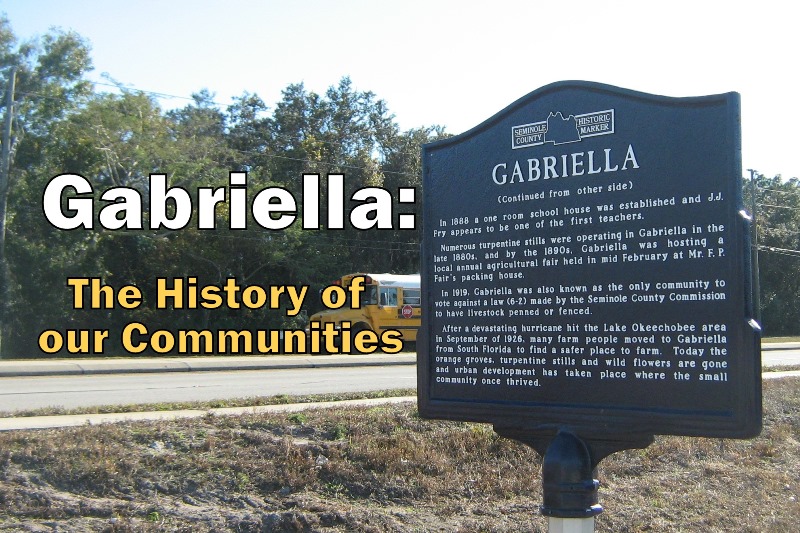

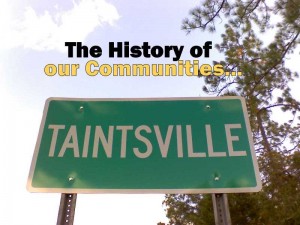



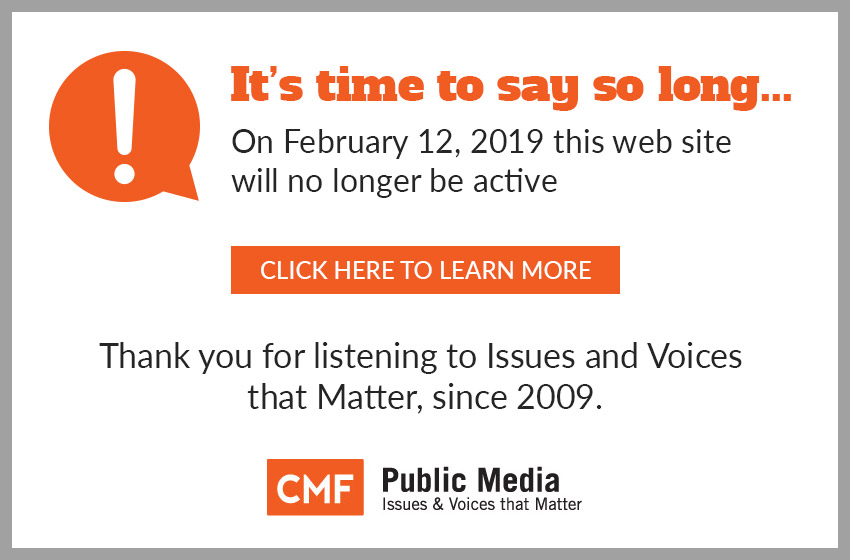
Fascinating! Who knew we used convict labor to harvest the turpentine. Think I’ll stick to mineral spirits from now on.
Well researched and nicely presented with someone else reading the quotes from the newspaper.
Looking forward to more of these little known tidbits of our Florida history.
Deuce
These are interesting comments about the area and deserve being
heard. I have read some of the letters from inmates held in the prison farm at Gabriella are truly sad. This project is very worthwhile.
Thanks. I grew up in Goldenrod in the 40s and 50s. I have been fascinated by Gabriella since I first learned of its existence. On a census from that period which includes my family, the form refers to Gabriella, not Goldenrod. Also, my mother’s voter registration is for Precinct 8 and is referenced as Gabriella.
I am particularly intrigued by the discussion of the turpentine camps. I knew the workers were treated brutally, but I did not know much about the system. This article helped me understand how it worked and why they were brutalized.
Again, thank you.